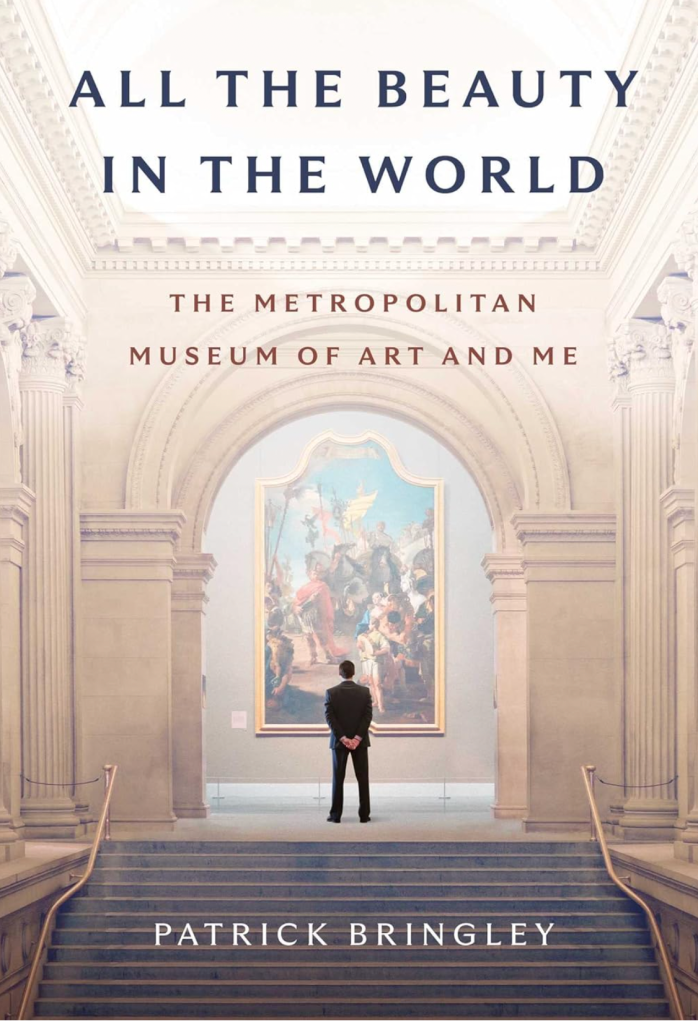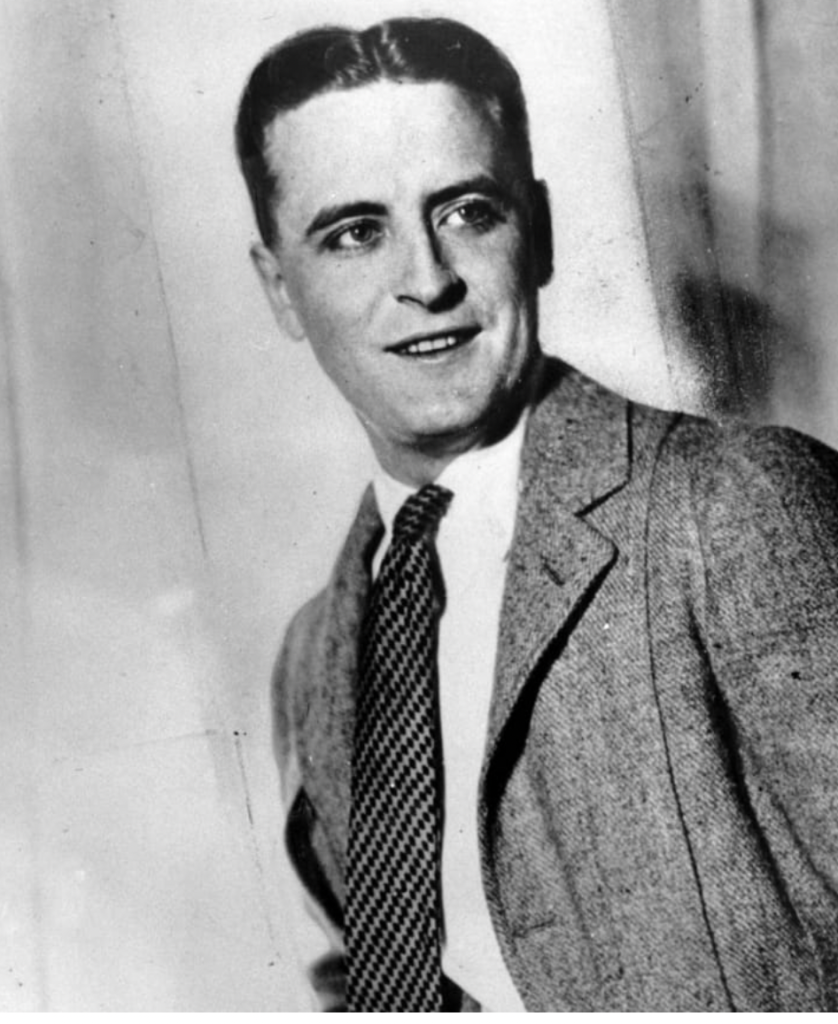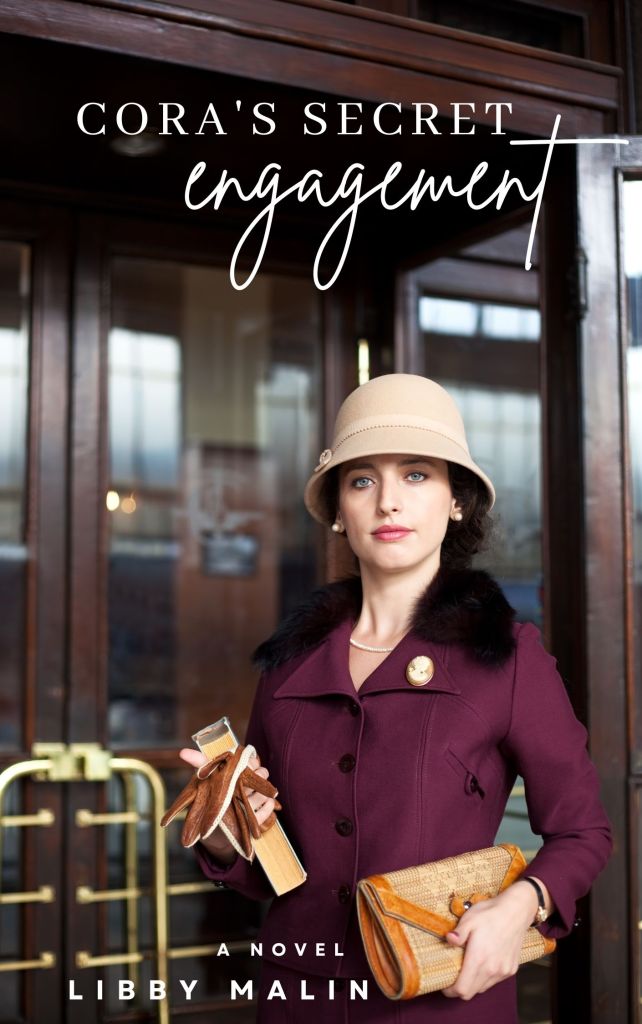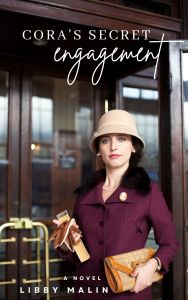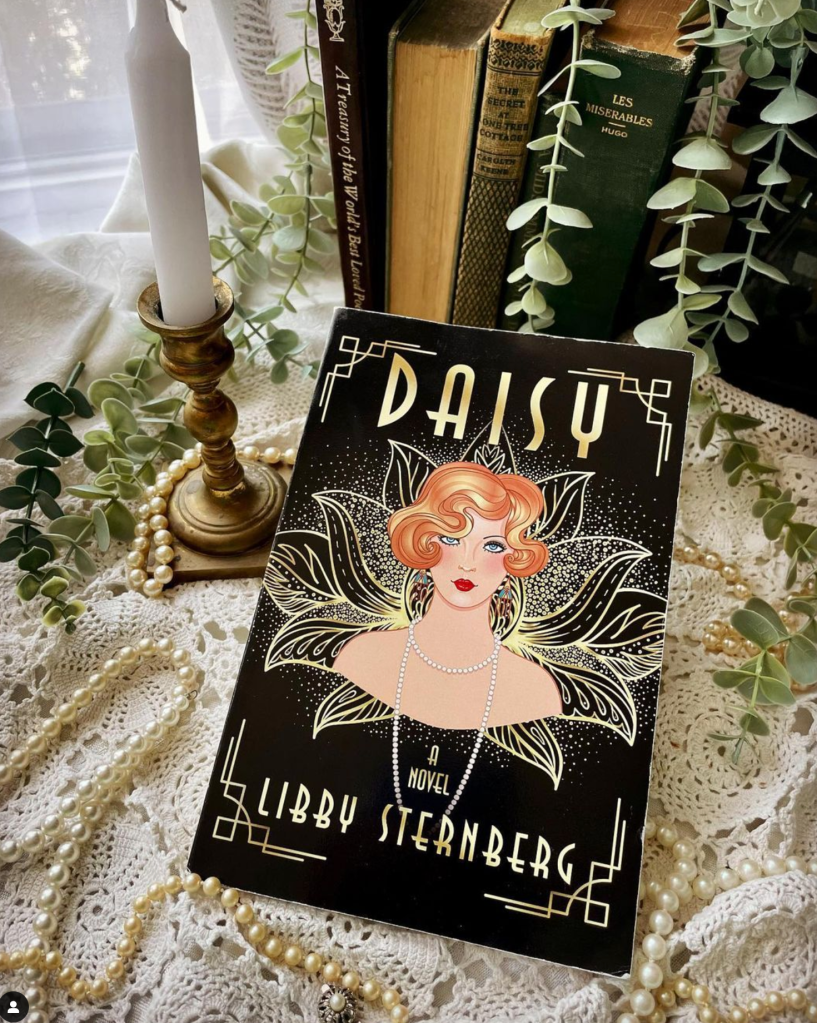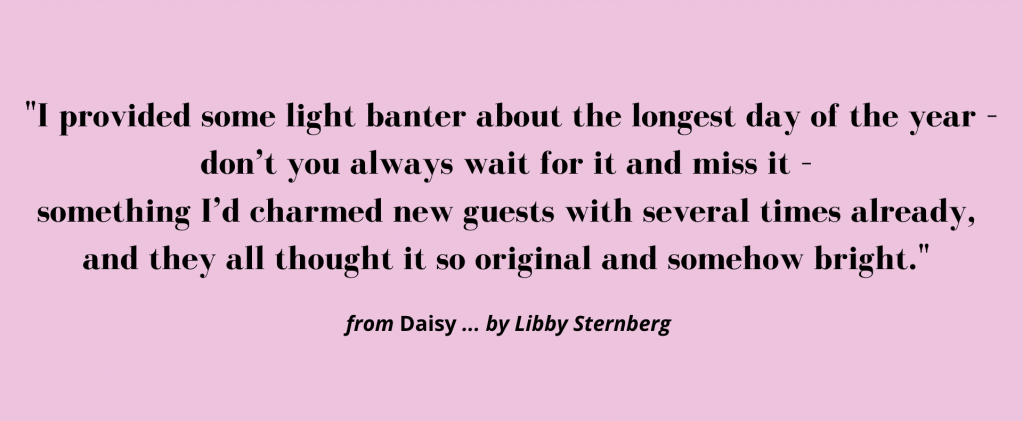A friend recently recommended to me the book All the Beauty in the World by Patrick Bringley. Like me, she’s a writer, and we periodically share our good reads. We’re also both freelance editors for a major publishing house, so our personal reading hours are precious, and we don’t often waste time on books that don’t grab us. We feel no guilt when putting down a book after reading only a portion.
So when she suggested this nonfiction tome, I immediately thought it was likely to be a good read, even though its subject wasn’t one I’d normally feel drawn to. It’s not that I don’t like great art (a big part of the narrative of the book). It’s that I’m not fond of ponderous paragraphs describing it in gushing tones.
But that’s not what All the Beauty in the World is about. Yes, it tells the story of the author’s ten years as a security guard at the Metropolitan Museum of Art, and, yes, it includes his descriptions and thoughts on many of the artworks he’s privileged to visit with every day. Those descriptions and thoughts, by the way, are…beautiful. And fresh. As if someone were seeing art for the very first time.
The book is much more than that, though. It’s a meditation on grief. Mr. Bringley’s brother dies at the age of 25 from cancer, and this spurs him to give up a prestigious job at the New Yorker, unable to see himself at a desk day in and day out after experiencing the toughest loss in his own young life.
So he ditches that work and becomes a guard at the Met. While he may have thought of it as a waystation along the rough road out of the land of his sorrow, he ends up staying on the job for ten years. During that time, he rediscovers art he knew, comes upon new items he finds depth and joy and beauty in, and eventually finds the light that leads him out of his mourning.
I’m surprised by the meaning I begin to find in even small interactions with guards and visitors. A favor asked, an answer given, thanks proffered, welcomeness assured…There is a heartening rhythm to it that helps put me back in sync with the world. Grief is among other things a loss of rhythm. You lose someone, it puts a hole in your life, and for a time you huddle down in that hole. In coming to the Met, I saw an opportunity to conflate my hole with a grand cathedral, to linger in a place that seemed untouched by the rhythms of every day. But those rhythms have found me, and their invitations are alluring. It turns out I don’t wish to stay quiet and lonesome forever. In discovering the cadence with which I meet people, I feel as though I’m discovering the kind of grown-up I’ll be. Most of the big challenges I’ll face in life are also little challenges I confront in daily interactions. Trying to be patient. trying to be kind. Trying to enjoy others’ peculiarities and make good use of my own. Trying to be generous or at least humane even when the situation is rote.
Patrick Bringley, All the Beauty in the World
His growing self-awareness, not just of the meaning of the art around him but of the relationships he’s forging during this decade, make for an art all its own. I especially enjoyed his realization that had he stayed at the New Yorker, he never would have encountered such a diverse workforce — in ethnicity as well as social class.
I highly, highly recommend this book. Despite its gentle tone and serious underlying topic, it’s a page turner. Keep a smartphone handy, though, if you read it on Kindle as I did. You’ll want to look up images of the artworks he describes to appreciate them as fully as he does.

